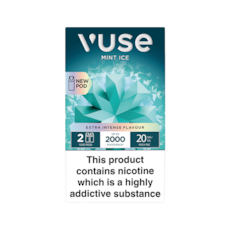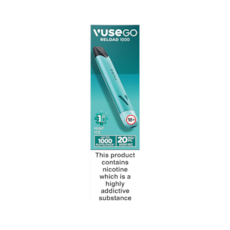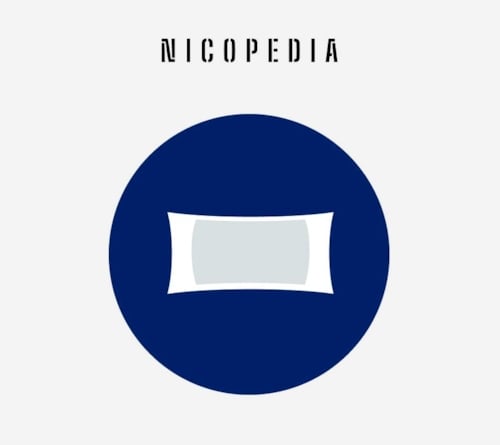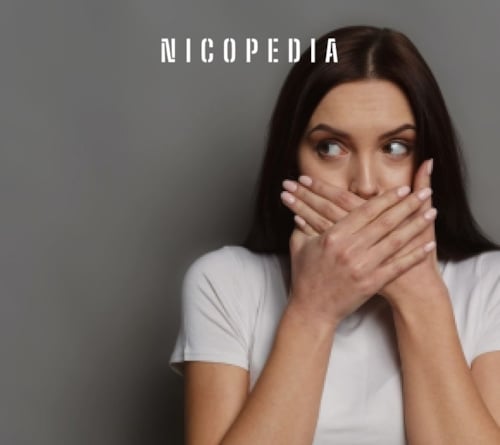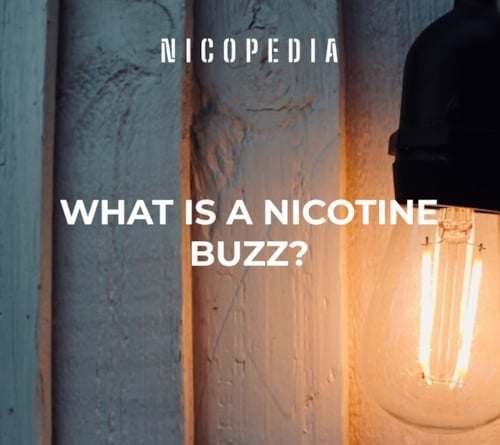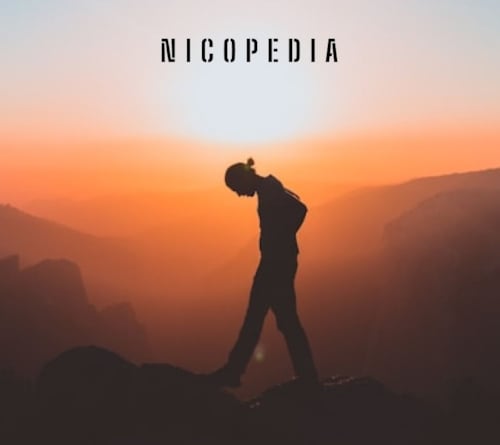Discover the best selection of tobacco-free nicotine pouches, disposable vapes, vape kits, and heated tobacco at Haypp UK. Whether you're looking for top-selling products, new arrivals, or the latest brands, we’ve got you covered.

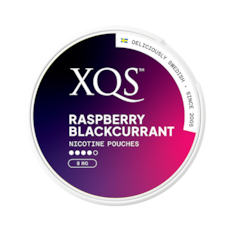












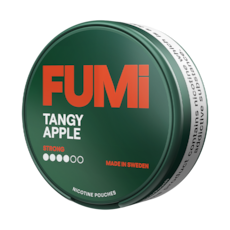
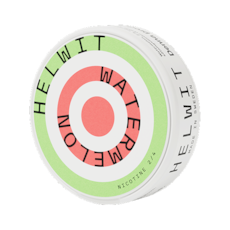
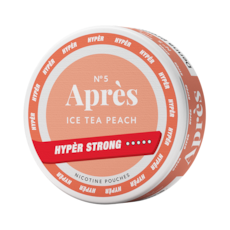
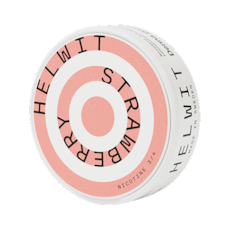


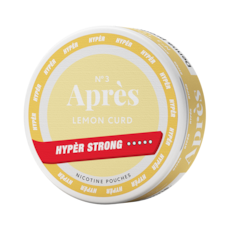

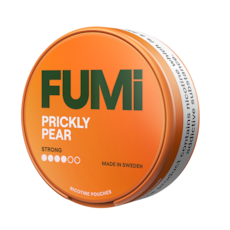
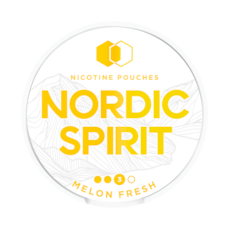


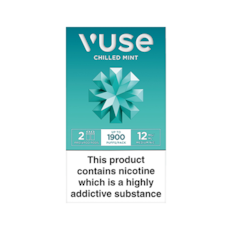
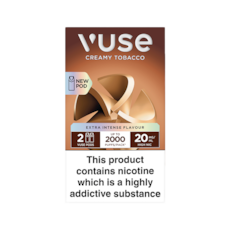
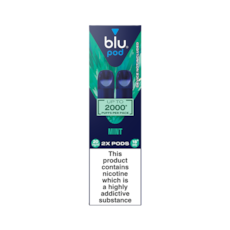




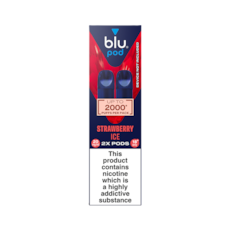
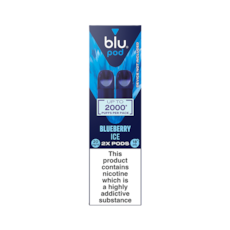
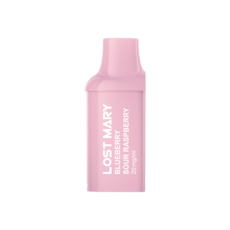
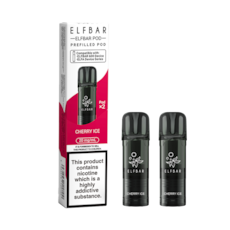

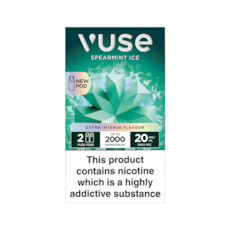

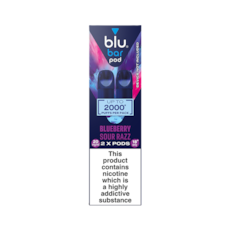




































Top Products
Not sure where to start? Check out our bestsellers—tried, tested, and loved by customers for their flavour, strength, and quality.











New Arrivals
Be the first to try the latest nicotine pouches, vapes, and heated tobacco products. Our new arrivals section is updated regularly with fresh launches from top brands.
Shop by Category
Find exactly what you need with our easy-to-browse categories.
Top Brands
From trusted classics to innovative newcomers, these brands are known for their quality, variety, and commitment to a top-tier experience. Whether you prefer nicotine pouches, vapes, or heated tobacco, you'll find standout options here.
Top Nicotine Pouch Brands
Explore leading nicotine pouch brands offering a range of flavours and strengths to suit every preference.
Top Vape Brands
Leading the way in disposables, pods, and vape kits with bold flavours and smooth performance.
Top Heated Tobacco Brands
Innovative alternatives designed for a real tobacco experience without combustion.
Nicopedia
Read all articlesAbout Haypp
Haypp UK is your trusted online retailer for nicotine pouches, vapes, and heated tobacco. With a focus on quality, compliance, and customer satisfaction, we make it easy to shop for top brands at competitive prices.
- Fast Delivery – We offer a range of convenient next-day delivery options.
- Flexible Payments – Pay with Visa, Mastercard, or Klarna.
- Trusted by Customers – High Trustpilot ratings & top-tier service.
Why Shop with Haypp?
With over 30 nicotine pouch brands and a wide range of disposable vapes, prefilled and refillable pod kits, Haypp offers one of the largest selections online. Choose from 100+ vape flavours and a variety of nicotine strengths to suit your preference.
✅ Wide selection of nicotine pouches, vapes & heated tobacco
✅ Fast & reliable UK delivery with InPost, Royal Mail, Hived & DPD
✅ Secure payments via Visa, Mastercard & Klarna
✅ Exclusive deals & bulk-buy discounts


















